Consumers who splashed out on special bottles during lockdown are trading up in restaurants too. Peter Ranscombe asks if their new-found love of quality booze can survive the cost-of-living crisis?
Scrolling through social media feeds during lockdown produced a snapshot of the nation’s drinking habits.
People who were furloughed or working from home posted photographs of themselves enjoying a wee tipple in the garden.
At one point it felt like everyone wanted to share the new wine, beer or gin they’d found online.
Drink brands were quick to cotton on to the opportunity – and for some it was a matter of survival.
With pubs and restaurants closed, necessity became the mother of invention as many beer brewers, spirit distillers and wine merchants switched from supplying the on-trade to direct-to-consumer sales.
Consumers not only indulged in their favourite tipples at home but also discovered new labels, often “trading up” by spending a wee bit extra on a bottle of wine, craft beer or gin to enjoy at home.
But has this spirit of exploration continued post-lockdown and are consumers continuing to treat themselves to the higher-quality bevvies they enjoyed at home now they’re venturing out to bars and restaurants again?
Many wine merchants have reported the hotels and restaurants they supply are now buying more expensive wines to meet their customers’ new-found thirst for trading up.
“Previously, before lockdown, much of the focus was on price and what an operator could buy their house wine for.”
Ian Cumming, commercial director at Inverarity Morton, one of Scotland’s largest indigenous drinks suppliers, said: “We have noticed in all areas of Scotland, including the north, that our customers are selling higher quantities of quality wines.
“Previously, before lockdown, much of the focus was on price and what an operator could buy their house wine for.
“More and more now, the outlet recognises the quality of their opening wine says a lot about the quality of the venue.
“There has been more emphasis on wine delivering great quality at a good price, rather than just hitting a price point.”
Mr Cumming added: “Consumers have treated themselves to a better standard of wine at home during lockdown.
“They are now expecting similar levels of quality in a bar or restaurant, not just the cheapest glass of wine.
“A night out or a meal out is seen now more as a treat, and customers will spend to get great quality and service.
“Our wine requests are much more varietal and country-led – sauvignon blanc, malbec, Provence rose – than just price.”
Richard Meadows, founder of wine wholesaler and retailer Great Grog, agreed.
“I do believe there is a ‘drinking better wine at home’ effect on ‘going out purchases’ generally,” Mr Meadows said.
He added: “Couples and small groups will try to drink better when they go out, but large groups less so.
“I think cheaper wines are selected as the ‘lowest common denominator’ in groups because they’re the path of least resistance.”
Broader factors at play
Wine and Spirit Trade Association (WSTA) figures show Champagne sales soared by 80% last year, to 3.2 million bottles, while still wine sales climbed 24% to 85 million bottles.
WSTA communications director Lucy Panton said: “Wine sales were up in volume and value last year as the on-trade opened up.
“We expect this to continue as people start going out to eat and drink more regularly.”
Meanwhile, data from drink market analysis firm IWSR shows the average amount spent on a bottle of wine has been rising since 2017.
Consumers spent an average of £12.80 on “a relaxing drink out at the end of the day” last year, up from £12.14 in 2017, while they paid £16.03 on average “at a party, celebration, or big night out”, up from £14.75.
An average of £15.03 was spent “with an informal meal in a pub, bar, or restaurant” last year, up from £13.78, while £18.14 was splurged “with a formal dinner in a restaurant”, compared with £16.63 in 2017.
Richard Halstead, IWSR’s chief operating officer for consumer insights, said: “Trading up to better quality and pricier wines in restaurants has been an established trend for several years in the UK, while at the same time quantities consumed have fallen.
“The Covid pandemic has given more fuel to the ‘drink-less-but-better’ trend.
“During 2021 consumers had more money in their pockets to spend, and were more determined to go out and enjoy themselves.”
Gone are the days when you could pick out a belter of a £5 or £6 bottle that you could put on as your entry-level wine.”
Wine industry veteran Phil Scott, now managing director at Mara restaurant and Links House hotel in Dornoch, pointed out it’s also become harder to find the high-quality wines that eateries need at lower prices.
Mr Scott said: “Our entry level has crept up over the years from around £25 a bottle to £40, partly because of the pricing structure within the marketplace.
“Gone are the days when you could pick out a belter of a £5 or £6 bottle that you could put on as your entry-level wine – the quality isn’t what it used to be.
“We’re getting great feedback on slightly higher-priced wines. People are really appreciating them because we only source stuff that is the best with our cuisine, which focuses on seafood and meat from the Highlands.”
Cost of living crisis starts to bite
With rising energy prices having a knock-on effect for inflation throughout the production and transportation chains, there is growing evidence consumers are reining back on their spending.
“This year seems to be bringing a different set of behaviours as fears about cost of living and inflation take hold,” Mr Halstead said.
He added: “It’s too early to tell in our data, but we are expecting to see some softening of demand in bars and restaurants as consumers choose to drink at home to save money.
“We anticipate that when they do go out they will still be looking to trade up to something premium, or special, but we expect this will be a more infrequent event, compared with last year.”
Ms Panton said: “We can say with some confidence that customers are likely to be spending more on a bottle of wine when they eat out as the hospitality sector and wine businesses are forced to increase prices, due to rising inflation, and higher energy and transport costs.
“This will only be made worse if the chancellor’s costly and complex changes to the UK’s alcohol taxation system go ahead next February.”
She added: “I am not sure that, during a cost-of-living crisis, people are necessarily choosing to spend more money on more expensive products.”
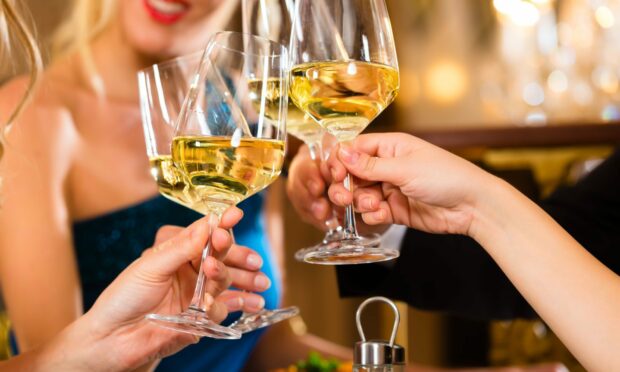
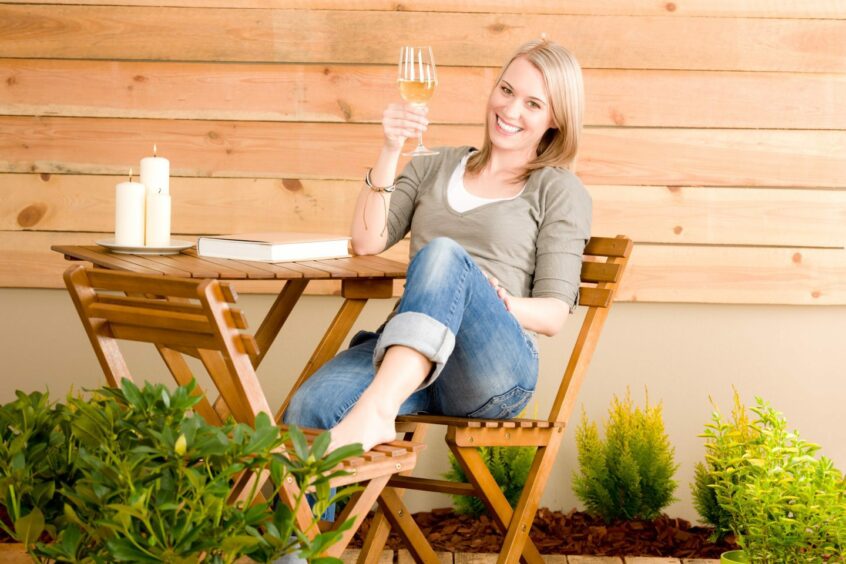
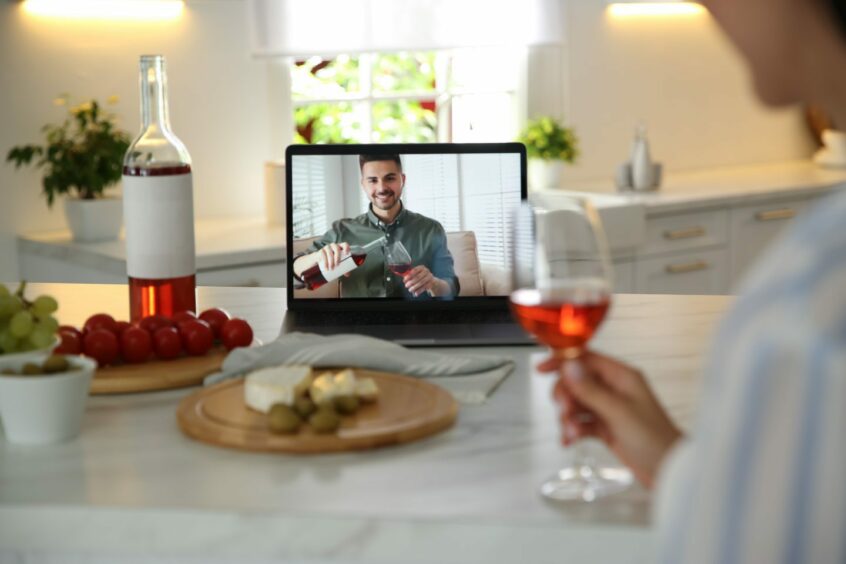

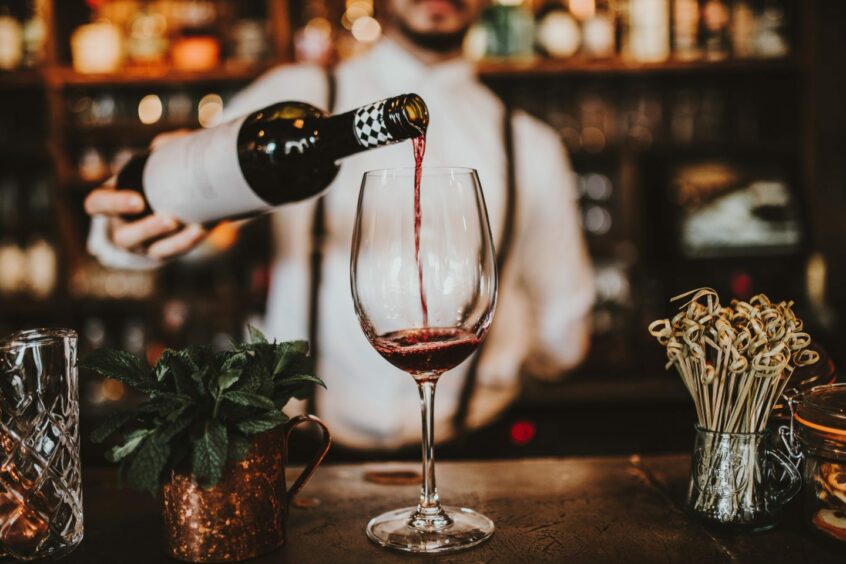
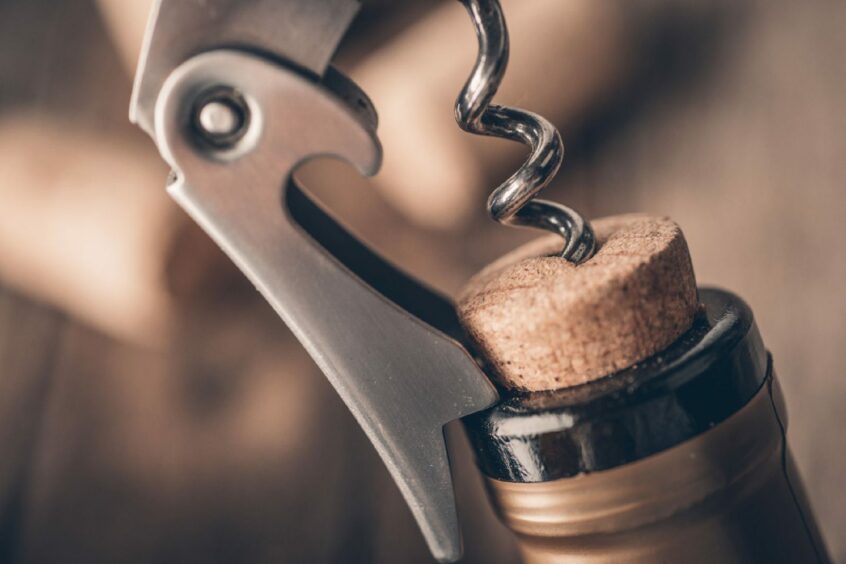
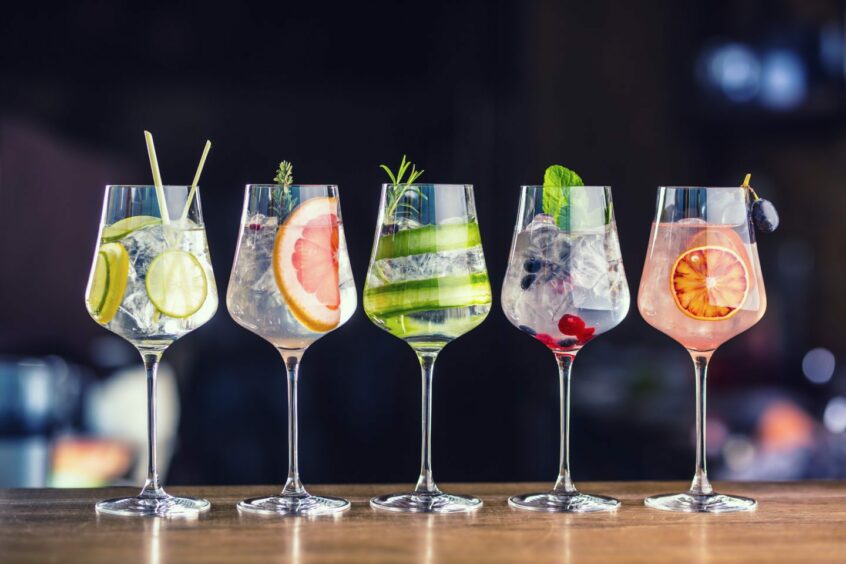

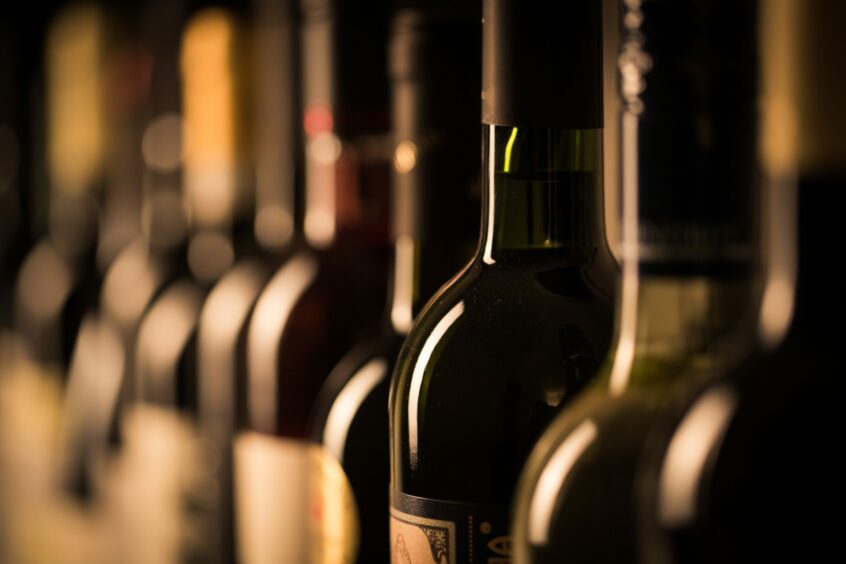
Conversation